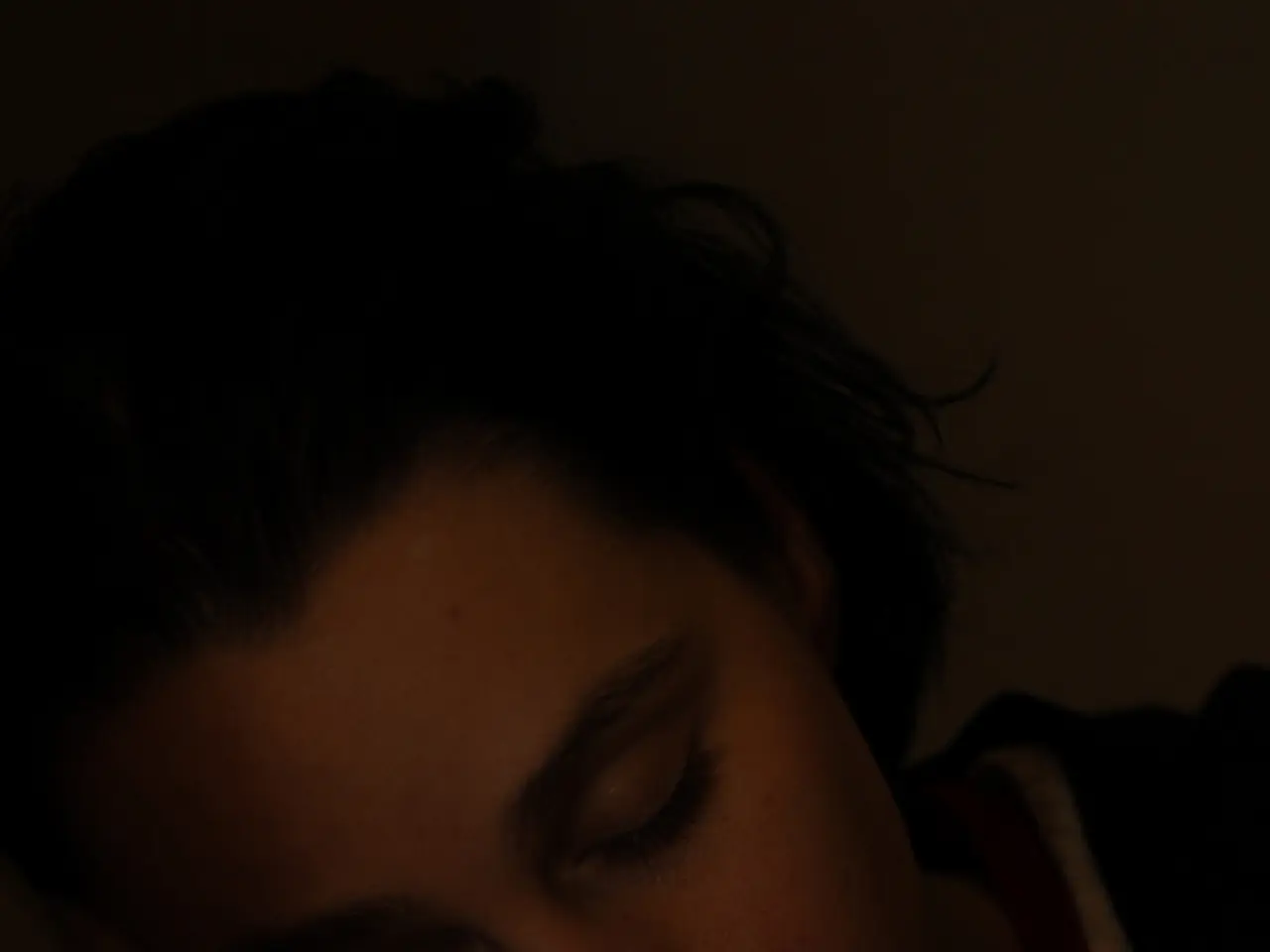Wasp Lifespan Duration and Management Strategies
Wasp Life Cycle: An In-depth Look
Curious about those buzzing creatures? Let's dive into the world of wasps, understanding their life cycles, and how they impact our environment. It's essential to know their lifespans to manage them effectively and appreciate their benefits. Here's a quick guide to wasp lifespan, castle duties, and coexisting with them.
Why Bother?
Wasp colonies are crucial to natural pest control, preying on caterpillars, flies, and other insects. They also contribute to pollination, even though not as efficiently as bees. As their lifespans are short, their colonies thrive and dwindle rapidly. Therefore, understanding wasp lifespans helps:
- Predict seasonal activity (peak nesting in summer, decline in fall)
- Implement effective pest control (best timing for nest removal)
- Prevent unnecessary extermination (many wasps die naturally in weeks)
Wasps By The Cast
Wasps experience a complete metamorphosis, just like butterflies (egg → larva → pupa → adult). Their lifespans vary by caste and species:
- Worker Wasps (Females)
- Lifespan: Typically 12-22 days
- Roles: Construct nests, gather food, and care for the larvae
- Lifespan Factors: Predators, weather, and food availability impact their longevity
- Male Wasps (Drones)
- Lifespan: A few weeks (just enough to mate)
- Role: Fertilize new queens and die shortly after
- Queen Wasps (Reproductive Females)
- Lifespan: Up to a full year (longest-lived wasps)
- Role: Hibernate during winter and establish new colonies in spring
- Survival Tip: They hide in sheltered spots, such as attics and tree bark, during cold months
- Colony Lifecycle (Seasonal Changes)
- Spring: Queens emerge and build starter nests
- Summer: Colony thrives (workers expand the nest)
- Fall: Workers die as new queens develop and mate
- Winter: Only mated queens survive; the others perish
Factors Affecting Lifespan
Several factors determine wasps' lifespans:
- Species: Paper wasps tend to live longer than yellowjackets.
- Climate: Cold winters kill off colonies; mild winters help queens survive.
- Food Supply: Lack of insects/nectar shortens their lives.
- Predators: Birds, spiders, and other wasps can reduce their lifespan.
Tips for Coexistence
- Preventing Nests
- Seal cracks in walls, eaves, and roofs during early spring to block queens.
- Keep trash bins sealed and avoid open sweet drinks during summer to discourage wasps.
- Remove old nests in fall to discourage next year's queens.
Dealing with Nests
Most wasps die off naturally, but if a nest poses a threat (near doorways, allergies), consider:
- Natural Deterrents: Peppermint oil, decoy nests.
- Professional Removal: For large or aggressive colonies.
- Avoid DIY Spraying: Disturbing nests can provoke attacks.
Living Harmoniously
While wasps can be intimidating, understanding their lifecycles and impacts on our ecosystem helps prevent infestations without causing unnecessary harm. Early intervention (spring) is key to effective control.
FAQ
How long do wasps live indoors? Without food or escape, they die within 3-4 days.
Do wasps reuse old nests? No, each spring, queens build new nests from scratch.
What's the longest a wasp can live? Fertile queens can survive up to 12 months, including hibernation.
Why do wasps sting when they die? Dying wasps release alarm pheromones, instigating attacks from other wasps.
How can I tell if a wasp nest is active? Look for constant coming/going of workers (inactive nests are papery and empty).
- Wasps play significant roles in health-and-wellness and environmental-science, contributing to natural pest control and pollination.
- In the science of fitness-and-exercise, understanding wasp lifespans can help predict seasonal activity for effective pest control and prevent unnecessary extermination.








